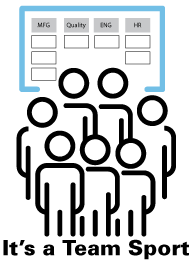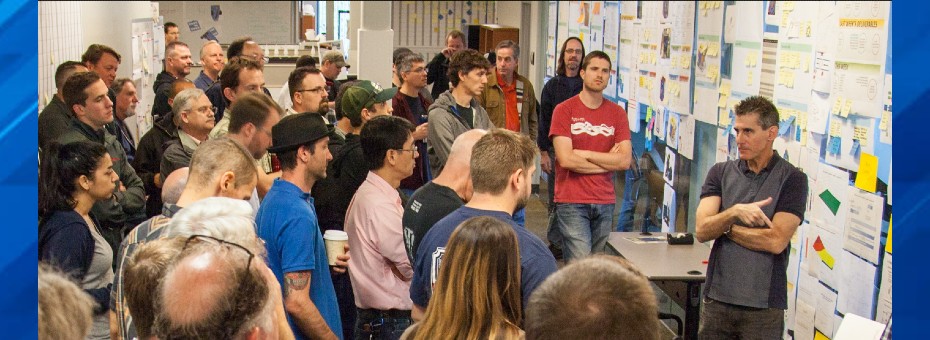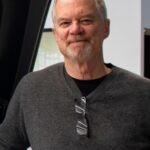Be among the first to get the latest insights from LEI’s Lean Product and Process Development (LPPD) thought leaders and practitioners. Subscribe to The Design Brief, LEI’s newsletter devoted to improving organizations’ innovation capability.

The opportunity to work in and lead teams of experts in product design, process engineering, tooling, and operations over the past 30 plus years has given me a unique perspective on product and process development. One thing this experience has made clear to me is that product development is a team sport. No one person or even a single department can create great products on its own. Great products are created by diverse and talented teams of people from across the organization bringing their skills and experiences together to achieve a common and compelling goal. While working this way is powerful, this approach to product and process creation comes with many challenges.
Fairly early in my career, a Lexus Chief Engineer told me, “it takes a lot of conflict to make a great product.” And in the subsequent years, I have experienced the truth of those words. People from various disciplines,perspectives, and backgrounds who care passionately about creating great products are bound to clash. In fact, a lack of this creative tension in your development system is, for me, a cause for grave concern.
Compromise to “keep the peace” is not the path to great products – you actually need to embrace the tension. What’s required is a way to focus this tremendous creative energy and enable these passionate individuals to operate like a team. That’s where LPPD principles and practices come in.
LPPD tools and methods help people from across the organization to communicate, collaborate, coordinate, and make decisions more effectively. The obeya system, well-designed integration events, design reviews, decision mapping, and the concept paper are just a few practices that enhance teamwork and improve development performance.

This month’s video, the first of six we will be releasing, shares the stories of three teams who’ve used and benefitted by adopting these practices.
First, the team from Schilling Robotics, a division of TechnipFMC, shares how the obeya system and other LPPD practices helped them bring together people from across the organization into an aligned team. Together, they developed and launched the most advanced deep-water remotely operated vehicle ever created.
Second, Susan DeSandre, a former Ford and Apple supply chain executive, describes how these two very different organizational cultures worked to build better relationships internally and with supplier partners to improve both development performance and the working environment.






